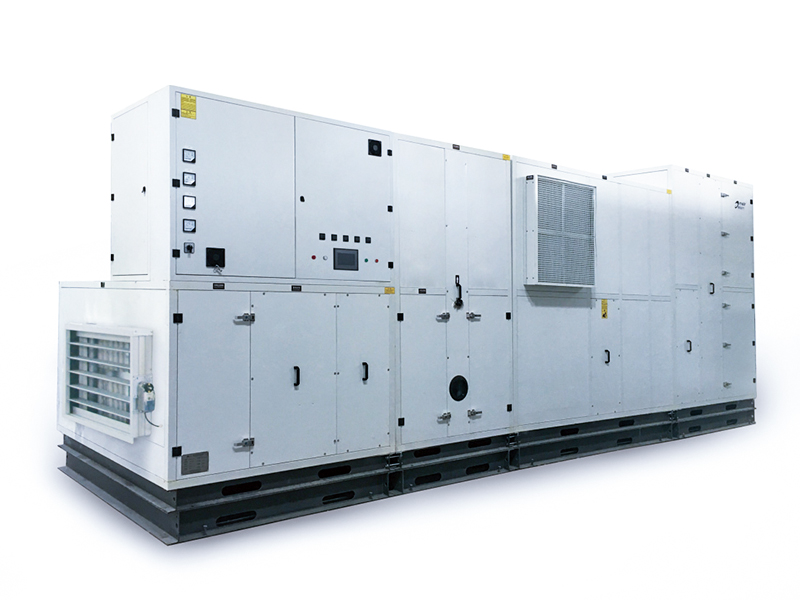Energy consumption within the lithium battery dry room is optimized through a combination of thoughtful design, advanced technologies, and efficient operational practices.
The Heating, Ventilation, and Air Conditioning (HVAC) system is a cornerstone in energy optimization. Variable Frequency Drives (VFDs) are employed to modulate fan and motor speeds based on real-time demand. This dynamic control allows the system to adapt to fluctuating requirements, reducing energy wastage during periods of lower activity.
To prevent unnecessary cooling or heating, the HVAC system is equipped with precision sensors strategically placed throughout the dry room. These sensors continuously monitor temperature and humidity levels, enabling the system to make real-time adjustments and maintain optimal conditions. The closed-loop control system ensures that energy is only expended when necessary.
The HVAC system incorporates high-efficiency filters to enhance air quality while minimizing the load on the system. Regular maintenance schedules are implemented to replace filters promptly, preventing airflow obstruction and sustaining the system's efficiency.
Insulation plays a pivotal role in temperature control and energy conservation. The dry room is constructed with well-insulated walls, floors, and ceilings, reducing the demand on the HVAC system to maintain stable temperatures. Closed-cell foam insulation, known for its high thermal resistance, minimizes heat transfer and prevents condensation.

Incorporating smart technology, the dry room's Building Management System (BMS) optimizes the coordination of various subsystems. The BMS analyzes real-time data from sensors and makes autonomous decisions to fine-tune environmental parameters. By leveraging predictive algorithms, the BMS anticipates changes in demand and proactively adjusts settings to preclude unnecessary energy consumption.
In addition, the lithium battery manufacturing equipment is strategically arranged to facilitate efficient workflow and minimize the distance materials need to travel. This layout reduces the energy required for material handling and transportation within the dry room.
Regular energy audits are conducted to identify potential areas for improvement. These audits analyze equipment efficiency, monitor energy consumption patterns, and assess the performance of the HVAC system. The findings inform targeted initiatives to further enhance energy efficiency, ensuring a continual process of optimization.



 English
English 简体中文
简体中文